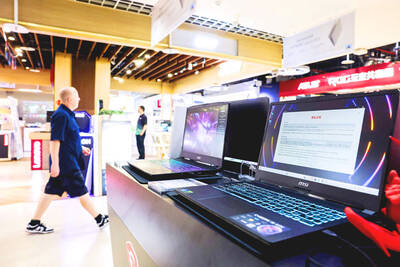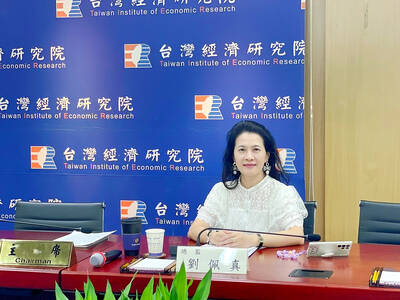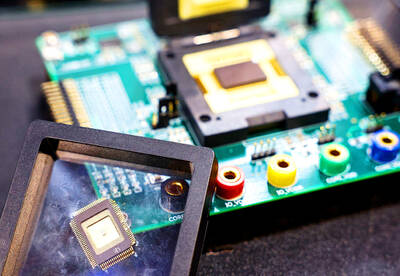The board of Alitalia on Friday unanimously chose Air France-KLM as its preferred bidder for privatizing the ailing state-run airline, but the ultimate decision will be made by the government next month.
The board said in a statement that the Air France-KLM plan offered the "appropriate solution," noting the carrier's position as the airline with the highest revenues in the world.
"The Air France-KLM plan would generate significant synergies in Alitalia's favor, creating the conditions to relaunch the company for the long-term and guaranteeing an improvement in the quality of service to passengers and in operating performance," the board said in the statement.
The board asked the government for its "full support," and urged officials not to let the deadline for making a final decision lapse beyond next month.
Following a daylong meeting, the board made the announcement after the close of markets on a turbulent day of trading for Alitalia. After rising 2.95 percent to US$1.15 on opening, shares dropped throughout the day, closing at US$1.09.
Air France-KLM said that it would publish a statement once it has considered Alitalia's board decision.
Air France's main rival was the much smaller Italian airline Air One. While Air One has support in Italy as an Italian solution, analysts have said that Air France-KLM's size would increase the likelihood of a successful takeover.
Addressing critics of an outside takeover, the board said that Alitalia's Italian identity would continue to be the airline's "fundamental heritage," which "would be developed for the benefit of the new group."
The Alitalia board noted that Air France-KLM has already proven that it can successfully manage a merger, as it did with the French and Dutch airlines, and pointed to its revenues of US$33 billion and a market capitalization of around US$7.2 billion.
Air France-KLM's plan calls for returning Alitalia to profitability by 2010, and includes total investments of US$9.35 billion through 2015.
The Air France-KLM bid prioritizes the modernization of Alitalia's aging fleet, which currently is costly both to fuel and maintain. Like the competing bid from Air One, as well as Alitalia's own industrial plan, it calls for layoffs.
Air France-KLM said this week that it would make an immediate capital increase of US$1.08 billion to revamp cabin design, in-flight entertainment and ground services "to restore Alitalia's image and its stature as an international company."
The Franco-Dutch carrier also said it aimed to purchase 100 percent of Alitalia stock through an exchange offer, as well as all of Alitalia's convertible bonds, which total more than US$1 billion. It did not disclose details of the share-swap ratio, nor the timing of the offer.
By comparison, the offer by Air One, Italy's second-biggest airline, included a total investment of US$7.63 billion by 2012, including a capital hike of at least US$1.44 billion.
Air One has said Alitalia can break even by 2009 through a fleet renovation and a five-year, US$4.32 billion investment on 130 new planes. Both plans have called for layoffs.
Air One said in a statement it remained "deeply convinced" that its own plan was the best way to turn Alitalia around, adding that it would seek to present its proposal directly to the government, with whom the final decision rests.
The government owns a 49.9 percent share and has been looking since last year for a buyer.

IN THE AIR: While most companies said they were committed to North American operations, some added that production and costs would depend on the outcome of a US trade probe Leading local contract electronics makers Wistron Corp (緯創), Quanta Computer Inc (廣達), Inventec Corp (英業達) and Compal Electronics Inc (仁寶) are to maintain their North American expansion plans, despite Washington’s 20 percent tariff on Taiwanese goods. Wistron said it has long maintained a presence in the US, while distributing production across Taiwan, North America, Southeast Asia and Europe. The company is in talks with customers to align capacity with their site preferences, a company official told the Taipei Times by telephone on Friday. The company is still in talks with clients over who would bear the tariff costs, with the outcome pending further

A proposed 100 percent tariff on chip imports announced by US President Donald Trump could shift more of Taiwan’s semiconductor production overseas, a Taiwan Institute of Economic Research (TIER) researcher said yesterday. Trump’s tariff policy will accelerate the global semiconductor industry’s pace to establish roots in the US, leading to higher supply chain costs and ultimately raising prices of consumer electronics and creating uncertainty for future market demand, Arisa Liu (劉佩真) at the institute’s Taiwan Industry Economics Database said in a telephone interview. Trump’s move signals his intention to "restore the glory of the US semiconductor industry," Liu noted, saying that

NEGOTIATIONS: Semiconductors play an outsized role in Taiwan’s industrial and economic development and are a major driver of the Taiwan-US trade imbalance With US President Donald Trump threatening to impose tariffs on semiconductors, Taiwan is expected to face a significant challenge, as information and communications technology (ICT) products account for more than 70 percent of its exports to the US, Chung-Hua Institution for Economic Research (CIER, 中華經濟研究院) president Lien Hsien-ming (連賢明) said on Friday. Compared with other countries, semiconductors play a disproportionately large role in Taiwan’s industrial and economic development, Lien said. As the sixth-largest contributor to the US trade deficit, Taiwan recorded a US$73.9 billion trade surplus with the US last year — up from US$47.8 billion in 2023 — driven by strong

STILL UNCLEAR: Several aspects of the policy still need to be clarified, such as whether the exemptions would expand to related products, PwC Taiwan warned The TAIEX surged yesterday, led by gains in Taiwan Semiconductor Manufacturing Co (TSMC, 台積電), after US President Donald Trump announced a sweeping 100 percent tariff on imported semiconductors — while exempting companies operating or building plants in the US, which includes TSMC. The benchmark index jumped 556.41 points, or 2.37 percent, to close at 24,003.77, breaching the 24,000-point level and hitting its highest close this year, Taiwan Stock Exchange (TWSE) data showed. TSMC rose NT$55, or 4.89 percent, to close at a record NT$1,180, as the company is already investing heavily in a multibillion-dollar plant in Arizona that led investors to assume